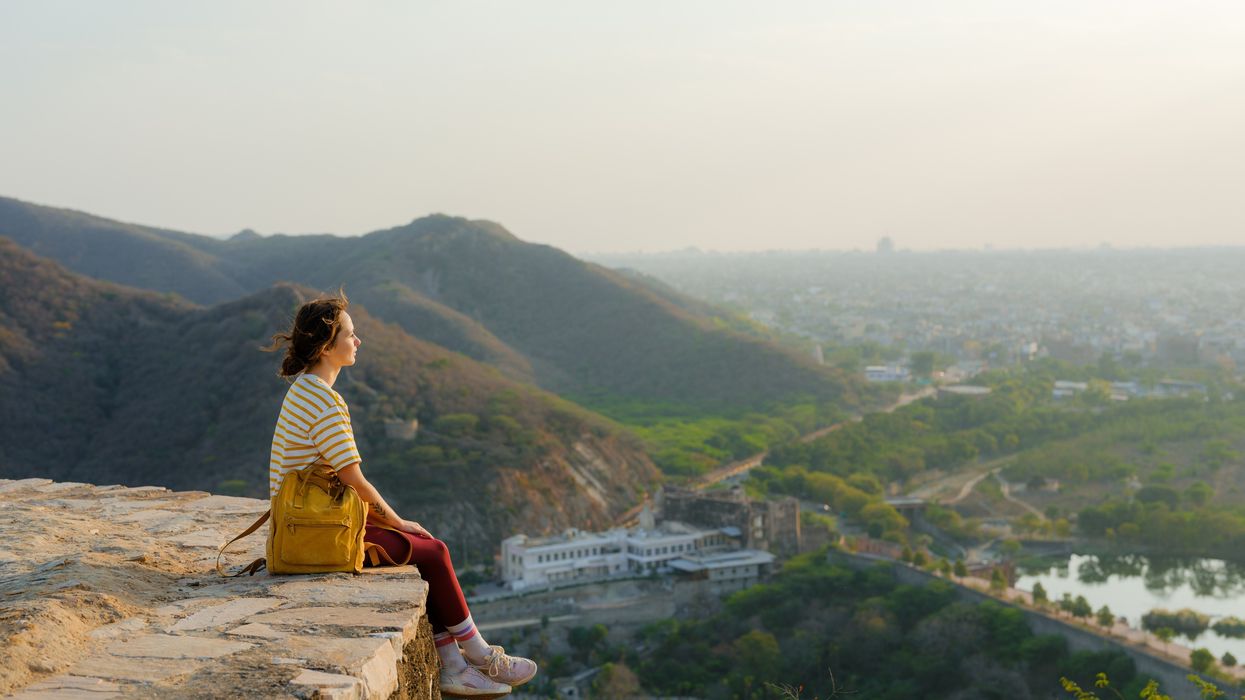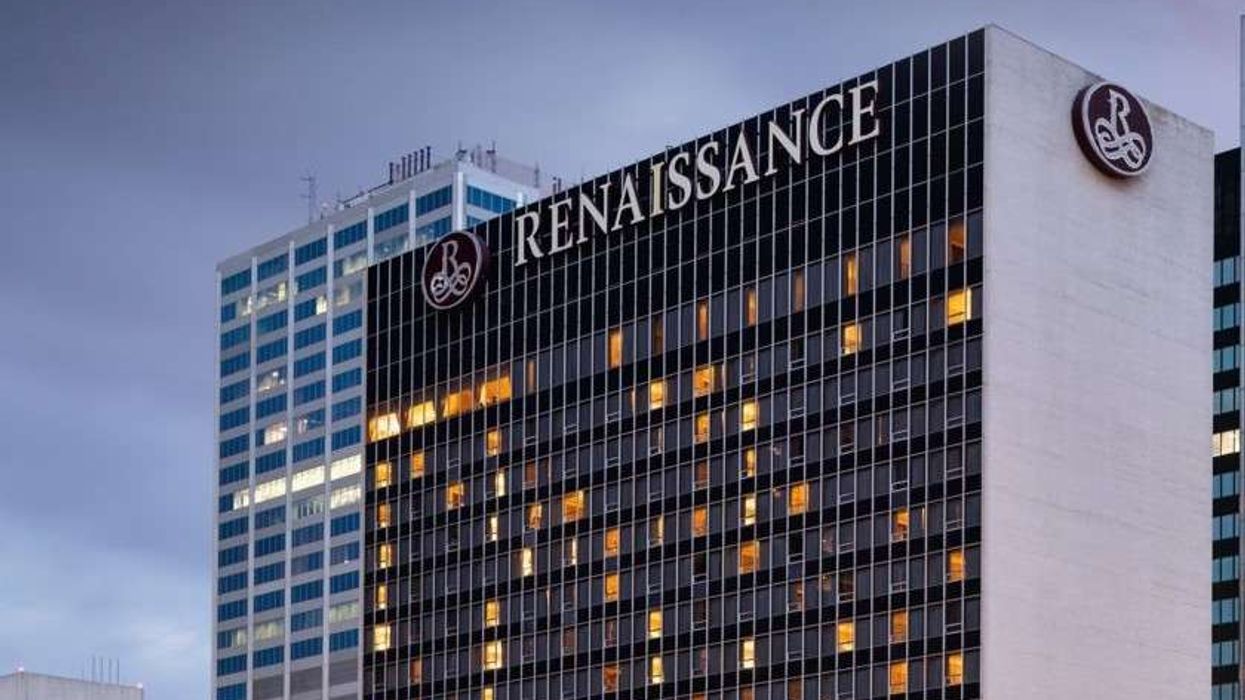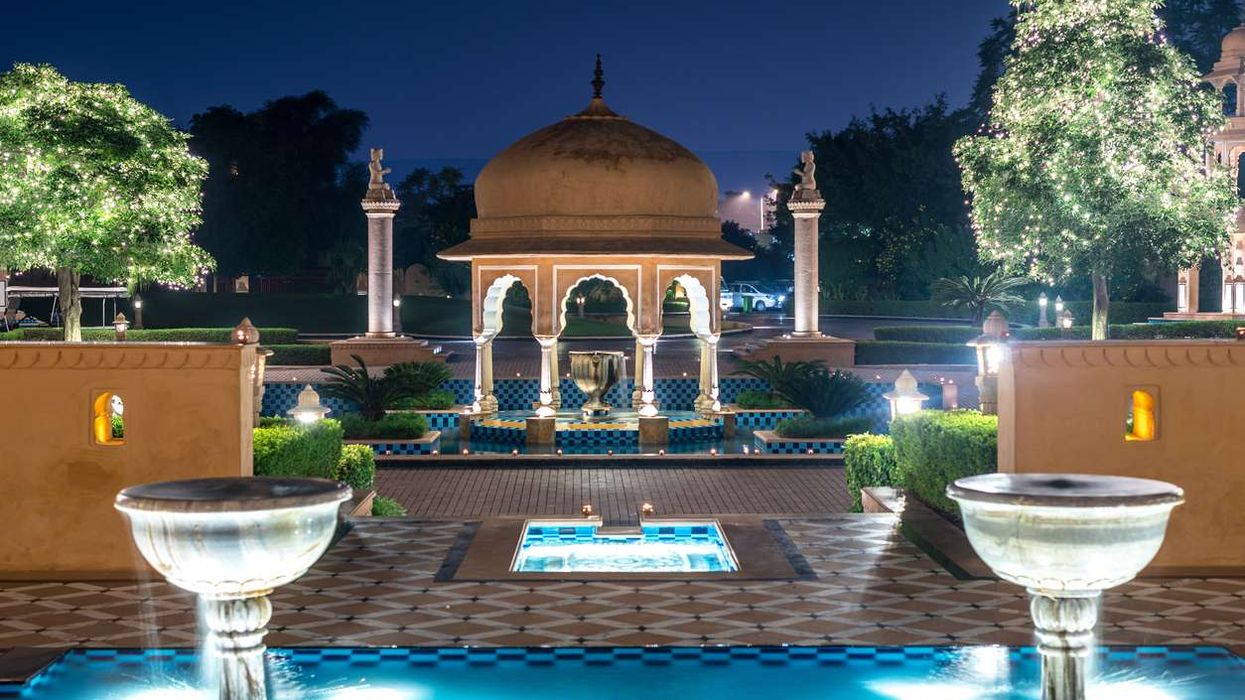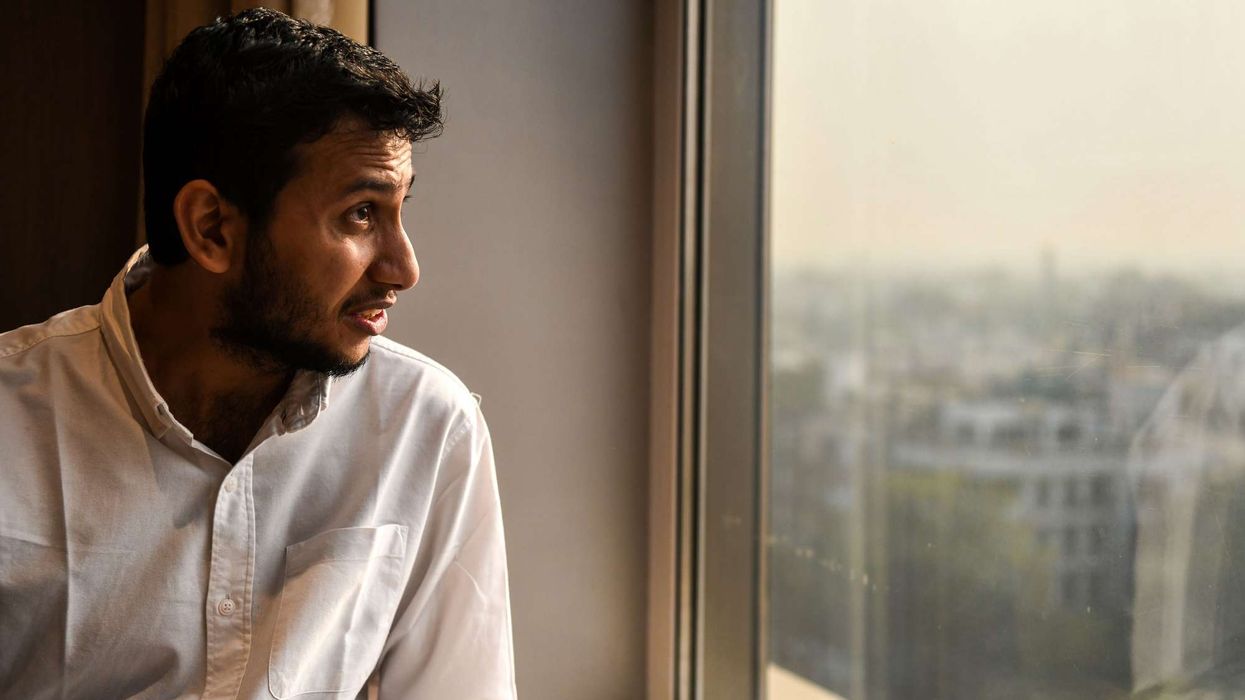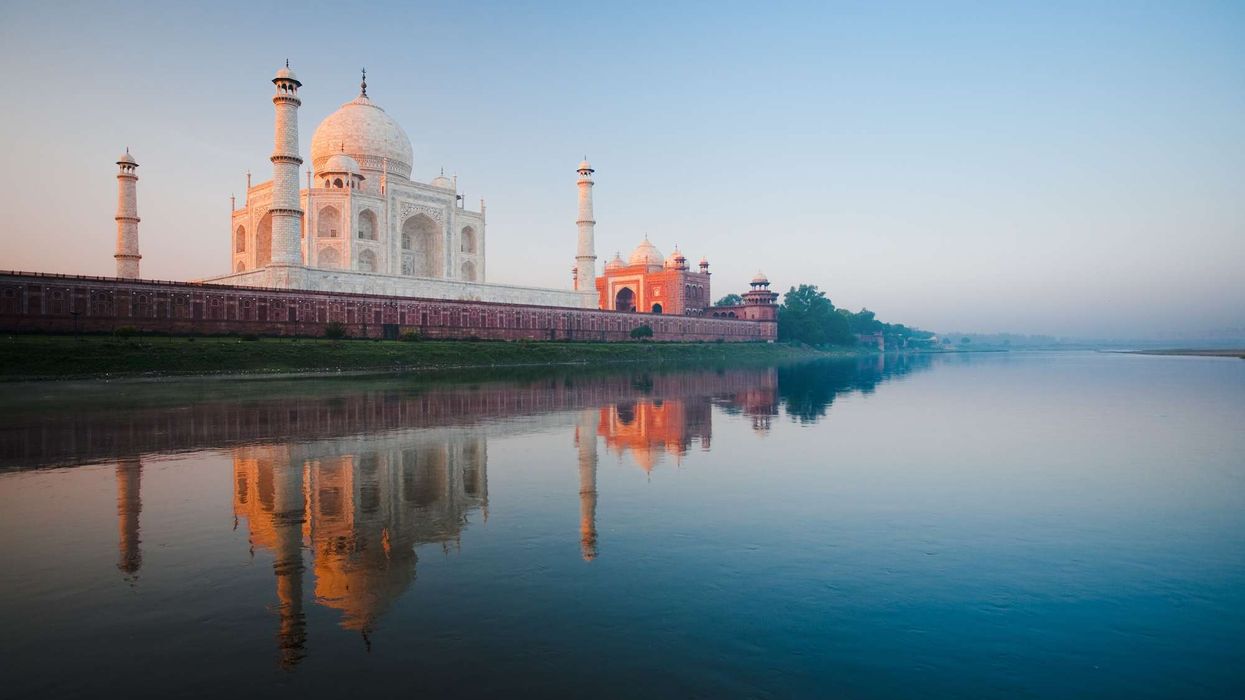What is driving the growth of experiential travel in India?
INDIA’S EXPERIENTIAL TRAVEL market is projected to reach $45 billion by 2027, driven primarily by Gen Z, according to travel firm WanderOn Experiences. Travellers are shifting from traditional sightseeing to activities such as guided tours, cultural exchanges, concerts, solo trips and non-mainstream travel.
The WanderOn survey links the growth to rising aspirational spending among India’s younger population.
“Nearly 60 to 65 percent of our revenues are coming from the younger generation within the age group of 18 to 35 years,” said Govind Gaur, WanderOn’s founder and CEO. “We are witnessing a rising demand for curated, hassle-free and immersive travel experiences, particularly among the 18 to 45 age group.”
Around 93 percent of young Indian travellers now make independent travel decisions within their families, increasing their influence in the industry, the report said. Solo travel, once limited, is now more common among Gen Z, reflecting a broader push for self-directed experiences.
WanderOn’s consumer data shows the average ticket size has nearly doubled since the company’s inception. Gaur said the average ticket size at launch was ₹12,000 to 16,000 ($145 to 195) and has now nearly doubled. “We look forward to expanding by offering more premium, customised experiences that match evolving traveller preferences.”
The travel sector is expanding, driven by 2.5 billion domestic tourism visits in India in 2023, the report said. The industry is expected to grow by $125 billion by 2027. The rise in experiential travel reflects shifting priorities, especially among younger Indians who now value travel over savings.
The segment is set to reshape India’s travel economy, as Gen Z opts for customised experiences and less-visited destinations, WanderOn said.
Rating agency Icra reported that India’s hospitality sector is expected to grow 6 to 8 percent this financial year, with domestic tourism as the main demand driver in the short term.
